Results 5,151 to 5,160 of 12094
Thread: Anandtech News
-
07-07-15, 07:32 AM #5151
Anandtech: Samsung Launches New 2TB SSD 850 EVO And 850 PRO Models
Due to what Samsung is citing as a surge in demand for larger capacity SSDs, they have now launched two new models offering up to two terabytes of storage each. In order to drive the extra capacity, they have also launched a new SSD controller in the MHX controller. Our resident SSD expert Kristian expects the MHX to be similar in design to the MEX controller, but with additional DRAM to track the extra blocks.
The 2TB 850 EVO leverages the same 32-layer 128 Gbit TLC V-NAND that we have already seen in the smaller capacity 850 EVO products, but the 850 PRO will use a new 128 Gbit 2-bit MLC die, but still at 32-layers. It should be a nice addition to the 850 PRO series, especially with the rise of 4K video and the extra storage it requires.
Samsung will still package these drives in the same 7mm 2.5” SSD enclosure which means they will be SATA based for now, but Samsung has said they will be moving their 3D NAND to mSATA and M.2 form factors as well. Endurance ratings for the drives are 10 years or 300 TBW (Terabytes Written) for the PRO, and 5 years or 150 TBW for the EVO model.Samsung 2TB SSD Specifications Model 850 PRO 850 EVO Controller Samsung MHX NAND Samsung 128Gbit 40nm MLC V-NAND 32-layers Samsung 128Gbit 40nm TLC V-NAND 32-layers DRAM (LPDDR3) 2GB Sequential Read 550MB/s 540MB/s Sequential Write 520MB/s 520MB/s 4KB Random Read 100K IOPS 98K IOPS 4KB Random Write 90K IOPS 90K IOPS Power 5mW (DevSLP) / 3.3W (read) / 3.4W (write) 5mW (DevSLP) / 3.7W (read) / 4.7W (write) Encryption AES-256, TCG Opal 2.0 & IEEE-1667 (eDrive supported) Endurance 300TB 150TB Warranty 10 years 5 years Price $1000 $800
The 850 Pro retails for $1000, and the 850 EVO retails for $800. Although not inexpensive by any means, and still much more than the $75 of a spinning disk, the prices are right around double the 1TB models in the lineup so there is not any extra premium to get the larger models at this time.
Kristian should have a full review of the new models soon.
More...
-
07-08-15, 11:31 AM #5152
Anandtech: The AnandTech Podcast: Episode 33 - Computex 2015
AnandTech Podcast #33 - Along with CES in Vegas in January, one of the two biggest PC hardware shows in the world is held every year is Computex in Taipei, usually in the first week of June. Throughout the show both Ian and Kristian were present getting the interesting news about releases and products, and it certainly ends up exhausting. After the show Ian and Kristian recorded a podcast about the releases at the show as well as some of the esoteric elements on display. [Note this was recorded before E3 and AMD’s announcement of the R9 Fury X]
The AnandTech Podcast - Episode 33
Featuring
- Dr. Ian Cutress: Host, Senior Editor
- Kristian Vättö: SSD Editor
iTunes
RSS - mp3, m4a
Direct Links - mp3, m4a
Total Time: 1 hour 25 minutes 25 seconds
Outline mm:ss
0:00 – Intro
0:50 – Intel Broadwell (http://anandtech.com/show/9320/)
11:04 – AMD Carrizo (http://anandtech.com/show/9319/)
27:03 – TLC SSDs
31:49 – TLC Data Retention
37:40 – 100 Series Motherboards
- Biostar with DDR3/DDR4 on the same motherboard (http://www.anandtech.com/show/9411/)
- ECS integrating Realtek DRAGON network controllers (http://www.anandtech.com/show/9414/)
- MSI partnering with Nahimic audio
50:41 – Cases at the Show
- Corsair Bulldog and Lapdog (http://anandtech.com/show/9298/)
- PSU Covers
- Streacom
1:00:41 – PCIe SSDs
1:06:08 – U.2
1:12:45 – Round Tables with NVIDIA and AMD
1:15:35 – AMD FreeSync-over-HDMI (http://anandtech.com/show/9337/)
1:19:22 – Highlights of the Show: FreeSync-over-HDMI and Microdia 512GB MicroSD
1:25:25 – FIN
Apologies for the delay in posting this podcast, I'm now back after almost a month on the road; we have already recorded the next one with Josh and Andrei, and Josh has plans for another one after that. I also want to get Ryan on one to talk about the recent updates in the GPU space as well. -Ian
More...
-
07-08-15, 05:00 PM #5153
Anandtech: Build-A-Rig Round 1: The $1500 PCs and Interviews from Corsair and Zotac
Last week we introduced our new Build-A-Rig project. At a high level, we ask two or three companies in the PC industry each round to configure a system to a budget. Then, with our partners Newegg, we build and test each system in glorious battle, along with interviewing the participants about how they approach the industry. Regardless of the winner, all the systems built are given away to our lucky readers. Imagine Top Gear UK’s ‘Star In A Reasonably Priced Car’, but instead of celebrities racing around a track, we let the configured PCs do the racing where both style and performance count. In this first round, we chose Corsair Memory and Zotac as the first head-to-head.
More...
-
07-08-15, 05:00 PM #5154
Anandtech: Microsoft Announces Mobile Restructuring With Up To 7,800 Job Cuts
A little more than a year ago Nokia officially ceased to exist as a mobile phone manufacturer. Nokia's efforts to reverse their decline in the mobile space by adopting Microsoft's Windows Phone operating system were unsuccessful, and eventually the company decided to exit from the mobile phone market entirely by selling their devices business to Microsoft. Former Microsoft CEO Steve Ballmer had stated that Microsoft was evolving from a traditional software company to become a devices and services company. With that mindset, the acquisition of Nokia made sense in order to acquire manufacturing, design, and software talent that had already been working on Windows Phones for quite some time.
Unfortunately, it appears that the purchase of Nokia's devices division has not worked out as well as Microsoft had hoped. New CEO Satya Nadella has also reversed course on the Devices and Services mantra and is instead focusing on software and services, but with first party hardware to showcase the software. After laying off 12,500 former Nokia employees last year, Microsoft has announced that will be eliminating up to 7,800 positions, with most of the cuts coming in areas of Microsoft focused on phones. In addition to the job cuts, Microsoft will be writing off 7.6 billion dollars which is essentially the entire value of the Nokia acquisition. There will also be a $750-$850 million restructuring charge. All-in-all, it's a big hit to their bottom line, and even companies that make billions every year have to answer to investors about charges like this. It is an even bigger write down than they took on the AQuantive deal a few years ago.
In an email to employees regarding Microsoft's future in the mobile business, CEO Satya Nadella stated “In the near-term, we’ll run a more effective and focused phone portfolio while retaining capability for long-term reinvention in mobility.” One could interpret this as Microsoft consolidating their phone lineup which has arguably become a bit too large and filled with devices that only differ from each other in small ways. It's likely that the launch of Windows 10 for phones will be accompanied by more information about the future of Microsoft's phone business, but for the time being it appears that Microsoft is taking a step back from their role as a major devices company.
More...
-
07-08-15, 07:00 PM #5155
Anandtech: AMD Releases Catalyst 15.7 WHQL Drivers: Crossfire Freesync, Win10 Support
After a brief detour for AMD’s driver team where they diverged their drivers for the Radeon 300 series and R9 Fury X launch, AMD has reunified their drivers with the release of Catalyst 15.7. The WHQL release, the first such release from AMD since Catalyst 14.12 in December, includes a number of major feature additions and performance improvements relative to both the previous 15.6 drivers for AMD’s older cards, and the even older 14.12 WHQL drivers.
Overall here are the major additions to AMD’s drivers that Radeon owners will want to be aware of:
- Performance improvements for older cards
- Frame Rate Target Control for older cards
- Virtual Super Resolution has been extended to the 7000 series and AMD APUs
- Crossfire Freesync is now supported
- Preliminary “technical preview” Windows 10 support (WDDM 2.0)
The driver build, 15.20.1046, is based off a slightly newer branch than the one used for the 300 series launch (15.15). As that driver already incorporated most of these improvements, for new 300 series owners the changes compared to the 15.15 launch driver will be minimal other than the fact that WDDM 2.0 drivers are now available.
As for existing Radeon owners, this means that the functionality that was previously limited to the latest Radeon products has finally been backported. Frame Rate Target Control, which allows capping framerates between 55fps and 95fps, is now available on most GCN cards. And Virtual Super Resolution, previously only available on certain members of the 200 series, has been backported to all Bonaire, Pitcairn, and Tahiti GPUs, meaning that the R7 260 Series, HD 7790, HD 7800 series, and HD 7900 series all support VSR. So do AMD’s latest APUs, with the 7400K and above getting VSR support.
Meanwhile Crossfire Freesync, after being held back by AMD earlier this year due to outstanding issues, has finally been enabled. We have not had a chance to test this yet to see how well it works, though AMD notes that it’s working for DirectX 10 and higher (which implicitly excludes DX9 and OpenGL applications).
As for performance for older cards, we’re still running numbers, but for the games in our benchmark suite it looks like there are consistent performance gains in The Talos Principle, with further minor upticks in performance in Total War: Attila, and in the minimum framerates for Shadows of Mordor. AMD’s notes also mention a number of new Crossfire profiles, though this is relative to the 14.12 release. Finally, since I’ve had a few people ask me about this, according to AMD’s notes they have not yet resolved the anti-aliasing corruption issues with Crossfire in The Witcher 3.
Last but not least, AMD has also released a Windows 10 driver package that includes WDDM 2.0 and DirectX 12 support. While earlier driver releases were available through Windows Update, this is the first external WDDM 2.0 driver release for the company, and the first WDDM 2.0 driver to support recent products like the R9 Fury X. For the moment AMD is covering their bases and calling this a “technical preview” driver, with official driver support to come on the 29th when Windows 10 launches. The driver is for all GCN video cards, as older Radeon 5000 and 6000 products will not be getting WDDM 2.0 support and will continue using the existing WDDM 1.x drivers on Windows 10.
Finally, for this driver release you’ll want to check out AMD’s master driver download page. The company has released individual driver packages for Windows 7, Windows 8.1, and Windows 10 (in both 32-bit and 64-bit varieties), so you’ll want to grab the right package for your operating system.
More...
-
07-09-15, 11:30 AM #5156
Anandtech: OCZ Trion 100 (240GB, 480GB & 960GB) SSD Review: Bringing Toshiba to the R
It's been a year and a half since OCZ went bankrupt and Toshiba acquired its assets. In this time we have seen OCZ transition all of its products to Toshiba NAND and we have also discussed how Toshiba has helped OCZ with its quality/validation processes, but quite frankly we haven't seen anything truly concrete coming out of the partnership. The Trion 100 is here to change that as it's the first Toshiba built drive that will retail under OCZ's brand and it also the first TLC NAND based SSD from the Toshiba-OCZ organization. Can it match the competition? Read on and find out!
More...
-
07-09-15, 12:00 PM #5157
Anandtech: Microsoft Releases Office 2016 For Mac
The last major release of Microsoft Office for Mac was the 2011 edition. Due to Microsoft's naming and release timing, the release of Office 2011 actually took place in late 2010. While Microsoft has made updates to Office 2011 over the years, such as the addition of Retina display support in 2012, the applications in the software suite still look quite dated due to their use of pre-Yosemite OS X interface elements. Today, Microsoft is bringing Office for Mac visually and functionally up to par with the versions on other platforms with the release of Office 2016 for Mac.
Microsoft states that users who use Office on a Windows PC or an iPad will feel right at home with the new apps on OS X, and I'm inclined to agree. The interface doesn't try to fit in with other parts of OS X like the previous version does, but with Office being such a ubiquitous program I appreciate Microsoft keeping the interface mostly the same across all computers, tablets, and smartphones.
In addition to the new interfaces for core Office apps like Word, Excel, Outlook, and PowerPoint, Microsoft is now including OneNote as part of the application suite. Since there was such a long gap between the original release of Office 2011 and the release of OneNote for Mac, OneNote has been offered as a separate application up until this point.
Office 2016 for Mac is available now to Office 365 subscribers, and in September it will be available for purchase as a standalone product without the need for a subscription.
More...
-
07-09-15, 02:00 PM #5158
Anandtech: Apple Launches iOS 9 and OS X El Capitan Public Betas
At this year's WWDC Apple announced that like OS X Yosemite, OS X El Capitan would go through a period where public betas were available to a certain group of consumers in order to receive feedback about stability and features. What was also announced is that iOS 9 would also have a public beta. Consumers have long installed developer betas of iOS to try out new features, but the public beta for iOS 9 marks the first time that consumers have been officially invited to test out Apple's mobile operating system.
Before installing either of the betas, Apple recommends that users back up their iOS devices to iCloud or their PC, and their Mac to a Time Machine drive. Much like last year, installing the public beta for OS X El Capitan involves entering a redemption code in the Mac App Store in order to add the beta as an item to your list of purchased software. The installer for OS X El Capitan will then begin downloading automatically. Since it's a full OS upgrade, the installer weighs in at about 6GB.
As for the brand new iOS betas, users will have to install a configuration profile which allows their device to receive the beta updates from Apple. Users will have to agree to an agreement which essentially states that iOS 9 is a beta and things may break or have problems. After accepting, the device must be rebooted. Once all that is done the updates will become available over the air just like any other iOS update. For reference, the first public beta OTA update for the iPhone 5s is 1.4GB in size.
To enroll in the OS X El Capitan and iOS 9 betas users need to join the Apple Beta Software Program. The site is quite slow at the moment due to an influx of users, so it might be worth waiting a little bit if you haven't enrolled in the program already.
More...
-
07-09-15, 08:30 PM #5159
Anandtech: On Radeon R9 Fury X Pump Noise & Replacements
On a meta note this evening, over the last week I have received a number of questions about last week’s Radeon R9 Fury X review. Several of these questions were regarding the matter of pump noise, a matter which has been called into question for the original run of R9 Fury X cards.
As a quick reminder, here’s what the noise situation looks like on the R9 Fury X.
In short, the R9 Fury X has great overall noise performance under load. However the pump doesn’t idle all that well, and as a result its idle noise performance is second only to the R9 295X2, a card with two pumps. Compared to contemporary competitors like the GTX 980 Ti, the R9 295X2 ends up being just under 4dB(A) louder than the competition, a not insignificant amount when we’re talking about idle noise levels, and is why we don’t believe the R9 Fury X to be a good fit for HTPCs or other environments where idle noise is of great concern.
Meanwhile there is a secondary matter, which is the tone of that noise. Several of our colleagues, including Tom’s Hardware, PC Perspective, and The Tech Report, have reported that their samples are producing a whining noise. This was not an issue with our sample, and is the crux of the questions I have received on the matter.
So to get right to the point and to answer those questions sent my way, does the R9 Fury X whine? The fact that as many other empirical-minded sites are reporting issues and that AMD has issued a statement on the matter (more on this later) certainly points to a whining issue that needed to be addressed.
At the same time I’ve also had several people ask if our card is somehow different – why we aren’t experiencing whining – and the best answer there is due to variation in the production process leading to different amounts of noise from each card. Just like chip quality there will be minute variations in each card produced, and in this case our card would appear to have varied in such a way as to not suffer from vibrational issues to the same extent as some other cards, dampening enough to eliminate the whining (or at least make it unnoticeable). Which again, just like chip quality variations, doesn't mean our card is identical to all other cards, only that in our specific case we aren't experiencing whining, and is why we haven't had any whining to report on so far. Meanwhile I would also note that our testing is with a closed case, however the case is open for noise testing to more directly measure the video card.
In any case, for current Fury X owners and any prospective buyers, AMD has issued a statement earlier in the week, essentially addressing the issue and discussing how it is being resolved in latter batches.
We have received feedback that during open bench testing a small number of Fury X cards emit a sound from the high speed liquid cooling pump that, while not loud, is bothersome to some users. While the vast majority of initial Fury X owners report remarkably quiet operation, we take this feedback seriously, as AMD’s mission is to always deliver the best possible experience to our Radeon customers.AMD for their part believes that the issue has been resolved going forward, and that is something that will need to be tested as the newer batches become available.
AMD Radeon R9 Fury X customers demand and deserve the best, so adjustments in the sound baffling adhesive compound were applied in the assembly of the high speed cooling pump to address the specific sound a few end users experienced as problematic. This improved the acoustic profile of the pump, and repeat testing shows the specific pitch/sound in question was largely reduced through adjustments to the sound-baffling adhesive compound in the pump.
AMD will work with its graphic card partners to ensure the satisfaction of the small number of initial customers who observed this specific sound and experienced it as bothersome. AMD is confident that on-going production of Radeon R9 Fury X product reduces the specific sound in question, but this is also a highly subjective matter with wide differences in PC case builds and room acoustics.
The AMD Radeon™ R9 Fury X radiator fan is near silent, and this makes any sound from the high-speed pump more noticeable to some end users, especially during open bench testing. Thus although the overall sound levels are remarkably low for an enthusiast product, AMD has worked to reduce the specific sound that some customers report as bothersome.
Finally, in the meantime there is the matter of the existing cards. AMD’s statement unfortunately doesn’t address the matter, though this is not unexpected since they aren’t directly selling the card to consumers. From what we’re hearing, the board partners are addressing this matter themselves, so any current Fury X owners experiencing pump whining would need to go to their board partner that sold their card for support.
The catch at the moment is that after the initial launch, new R9 Fury X cards remain sparse. A quick check on stock history for the card shows that while new shipments come in almost daily, they also sell out in under an hour, which indicates that cards are hard to come by. So depending on how many support requests are filed and how board partners address the issue, it may not be possible to replace every problematic card at once. Though to be clear, this is speculation on our part.
More...
-
07-10-15, 08:30 AM #5160
Anandtech: The AMD Radeon R9 Fury Review, Feat. Sapphire & ASUS
A bit over two weeks ago AMD launched their new flagship video card, the Radeon R9 Fury X. Based on the company’s new Fiji GPU, the R9 Fury X brought with it significant performance improvements to AMD’s lineup, with AMD’s massive Fiji greatly increasing the card’s shading resources. Meanwhile Fiji also marked the introduction of High Bandwidth Memory (HBM) in to consumer products, giving the R9 Fury X a significant leg up in memory bandwidth. Overall AMD put together a very impressive card, however at $649 it fell just short of the GeForce GTX 980 Ti AMD needed it to beat.
Meanwhile alongside the announcement of the R9 Fury X, AMD announced that there would be three other Fiji-based cards. These include the R9 Fury, the R9 Nano, and a yet-to-be-named dual-GPU Fiji card. The first of these remaining cards to launch would be the R9 Fury, the obligatory lower-tier sibling to AMD’s flagship R9 Fury X. Today we will be taking a look at the first of those remaining cards, the R9 Fury, which launches next week.
More...
Thread Information
Users Browsing this Thread
There are currently 17 users browsing this thread. (0 members and 17 guests)




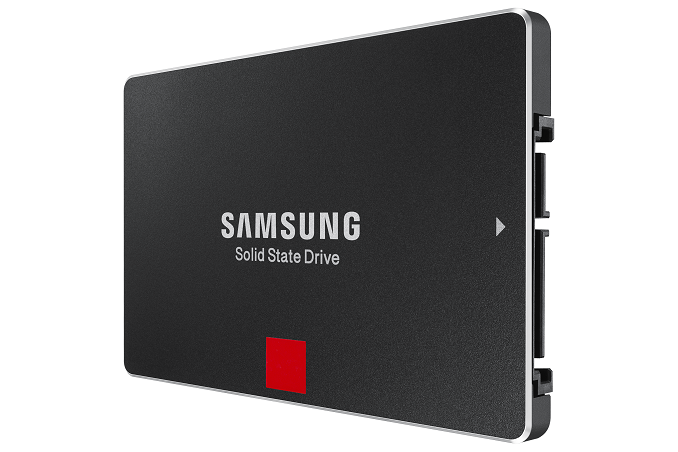

 Quote
Quote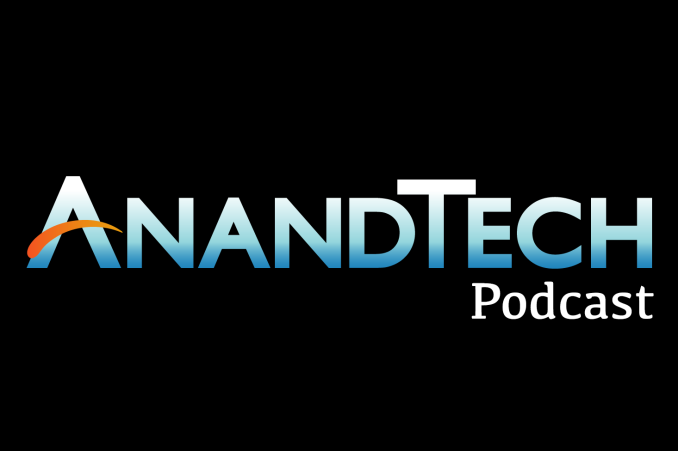
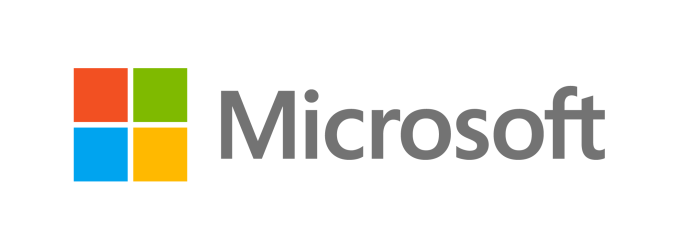
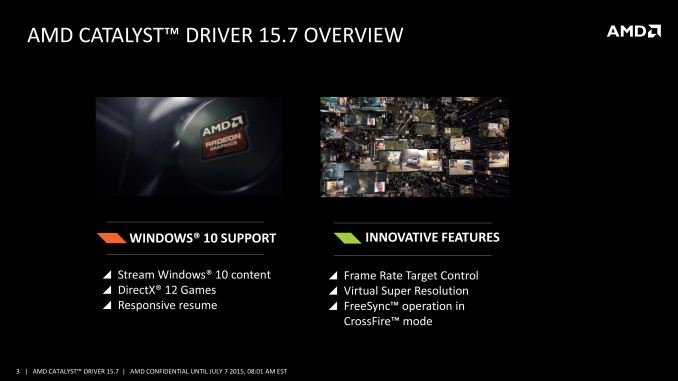
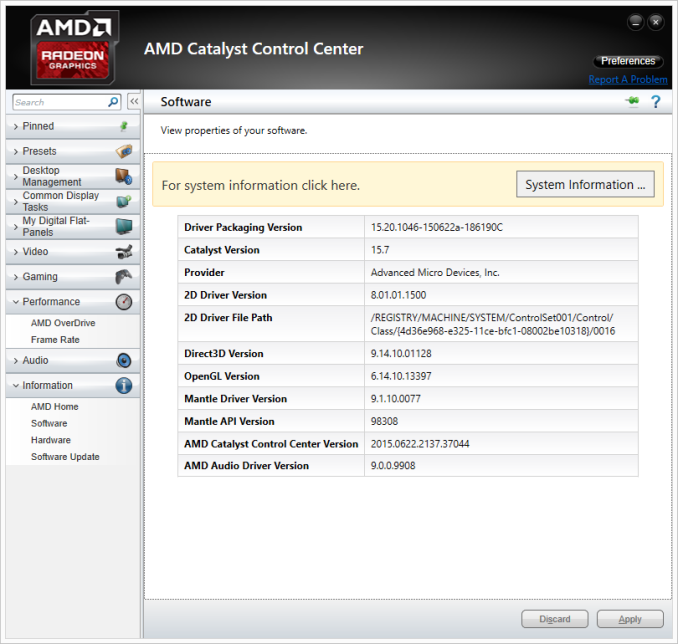
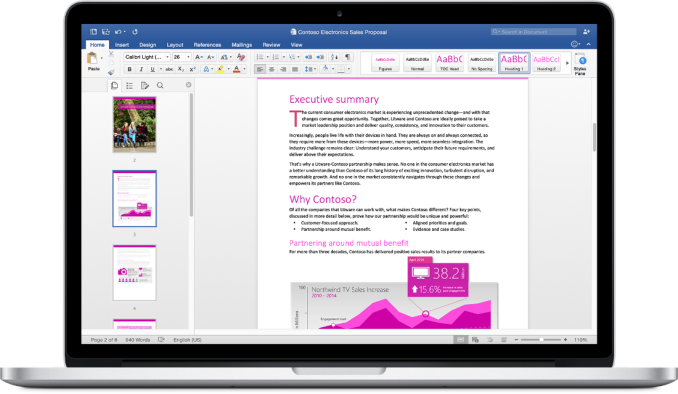

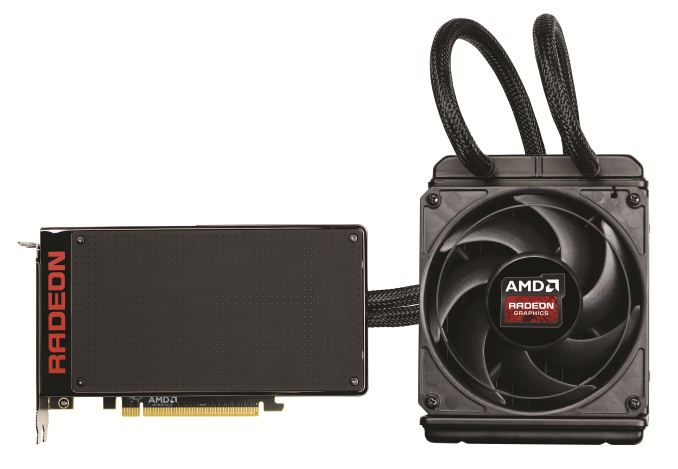
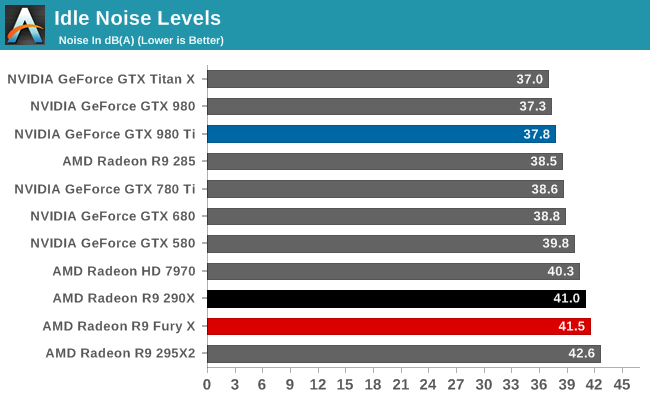
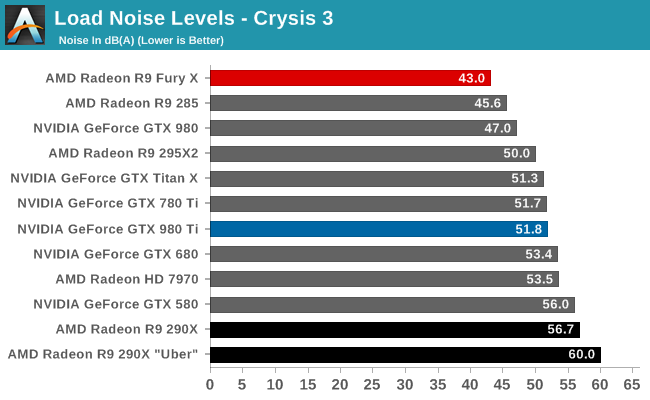

















Bookmarks